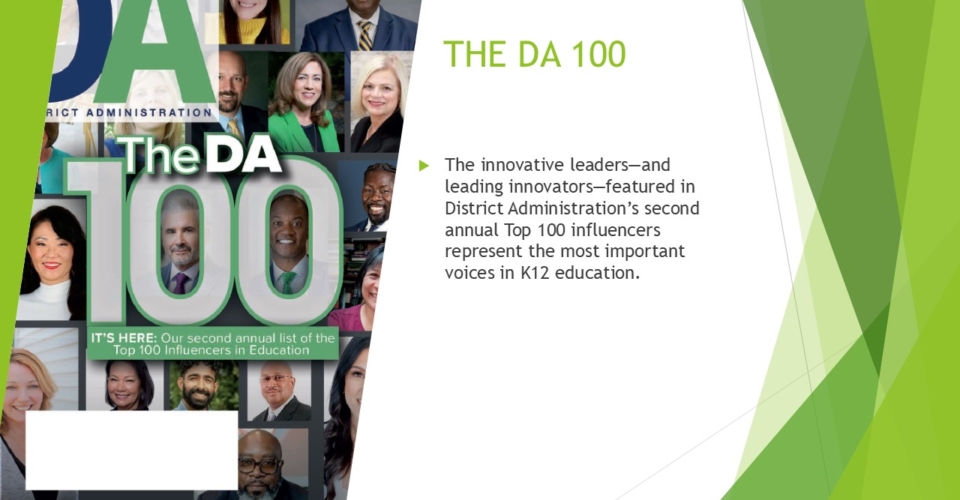Last month, a high school principal was recorded muttering racist and antisemitic comments. In March, five middle school students were expelled for sharing nude photos of their classmates. However, neither the principal nor the students who were exploited committed such acts to earn such false exposure in the first place. They were framed, and generative AI—and its egregious misuse—is to blame.
Educators across the country have been shivering at the thought of artificial intelligence since its inception, particularly when OpenAI’s ChatGPT was released to the public in November 2022. Such technology is difficult to regulate and teachers fear academic dishonesty, plagiarism and other possibilities as students experiment with the tool.
Nearly 50% of high school students say they use AI tools, a recent survey from the ACT suggests. When used for school, most students gravitate toward tools like ChatGPT, Dall-E 2, Bing Chat and other popular names.
Administrators, however, are faced with AI’s magnitude of ethical, and sometimes legal, complexities. Pikesville High School Principal Eric Eiswert, for instance, fell victim to a deepfake produced by the school’s athletic director Dazhon Darien, The Baltimore Sun reports. Upon investigation, the recording was created in retaliation for Eiswert investigating him for his alleged misuse of school funds and theft.
What are deepfakes?
So what is the source of this chaos plaguing our school systems? Deepfakes are images or recordings that have been manipulated to misrepresent an individual doing or saying something that did not actually occur.
It’s a trend that’s gained momentous traction in the last few years. In 2023 alone, deepfake fraud attempts increased by 3000%, according to a recent report. It’s sounding off alarms in school districts as students as young as middle schoolers are able to produce such content using photo/video editing tools that use AI. Below is an example:
A 2023 Media Literacy Policy Report suggests there has been progress by states that have implemented or introduced legislature surrounding media literacy education to spot such misinformation. The report, published in February of this year, reveals that 18 states have passed bills concerning media literacy or digital citizenship education.
More from DA: How to fix K12 gifted programs a new report calls ‘mediocre’
Such education is necessary for students to understand the negative implications and consequences associated with producing misinformation in the form of deepfakes. Jennifer Mahoney, data governance, privacy and protection manager at Optiv, a leader in cyber advisory and solutions, says much of the mitigation effort starts at home.
“Schools have good control of the systems and information they provide during the school day and over school-issued media,” she explains. “However, access continues at home, and education starts there.”
She encourages educators to support parents with training on the basics of AI and how to use it, as well as provide resources on digital literacy and online safety. That way they can empower parents to engage in their child’s digital lives. It’s a similar approach for administrators, too.
“AI is not a topic for computer science class. It is a topic for all,” she declares.
Central to your message to students should be lessons on kindness, she adds. As you hold conversations with students helping them recognize and understand bullying, embed education on AI and how not to use it as a means for cyberbullying.
“Touching on the topic in multiple ways and from many fronts is paramount: Parents and teachers, course work, signage, verbal reminders from counselors and coaches, emails, etc.,” she says. “They all must work together to create a network of safety and a no-tolerance environment.”



